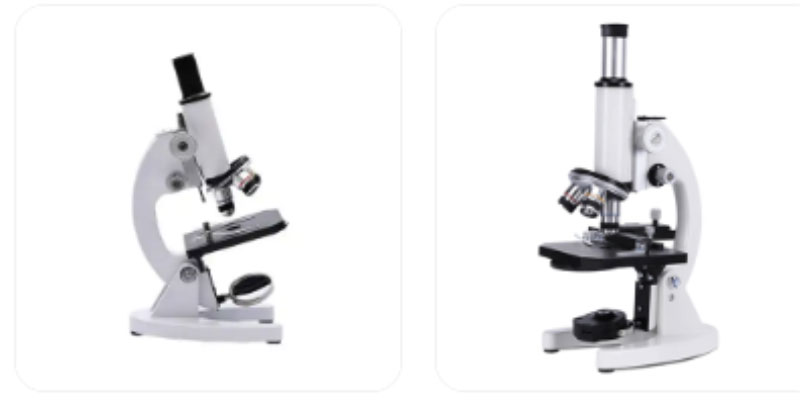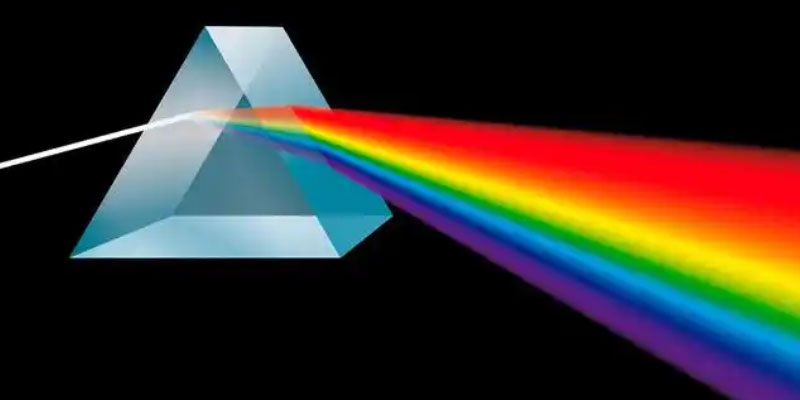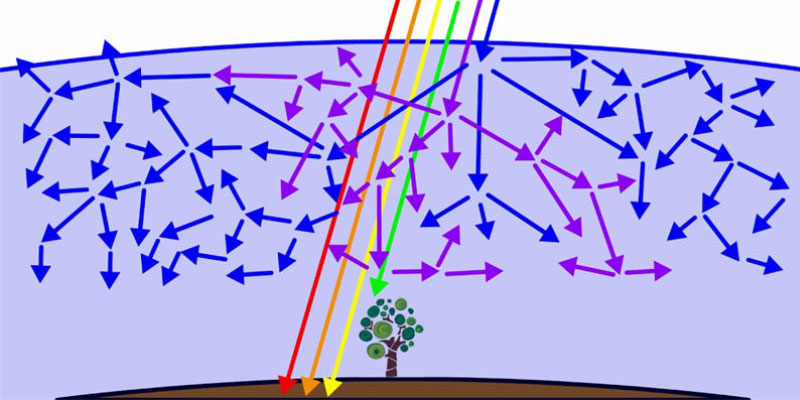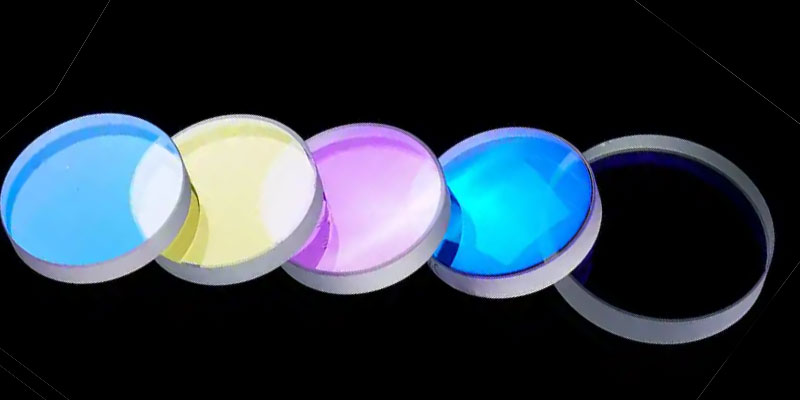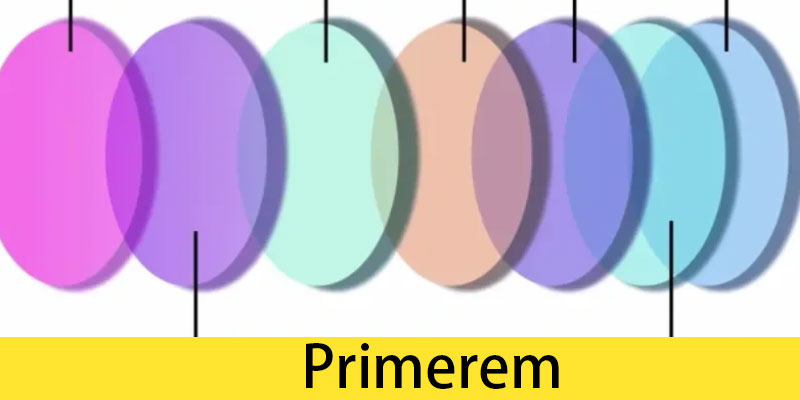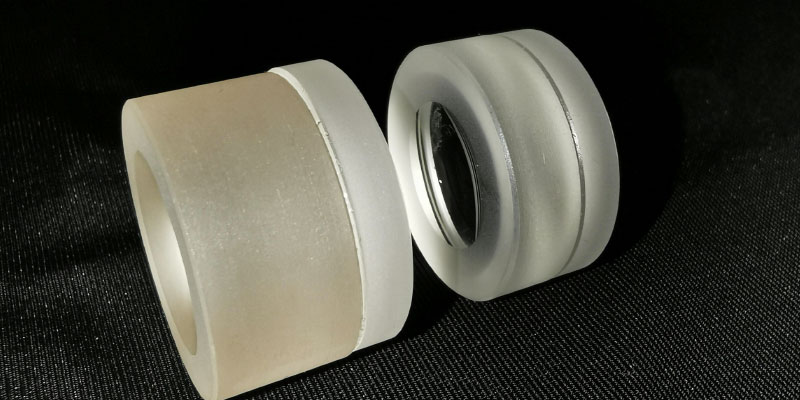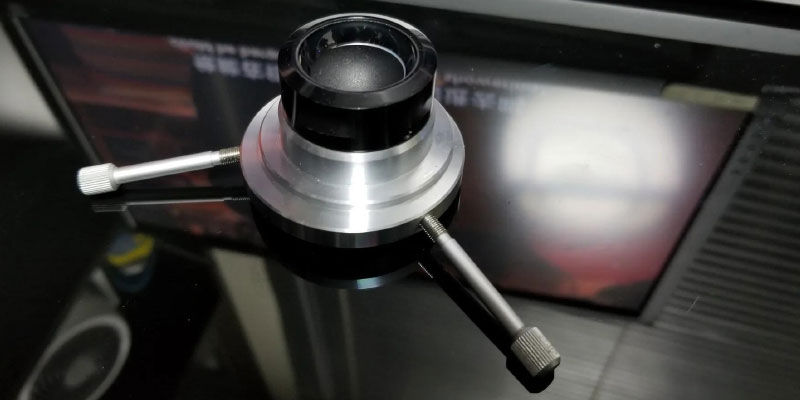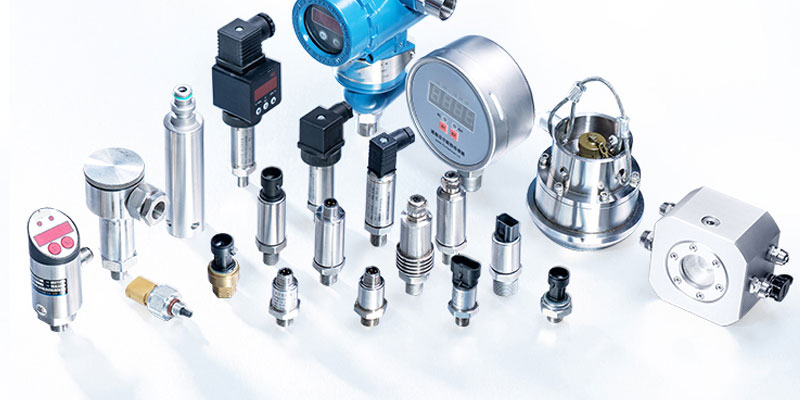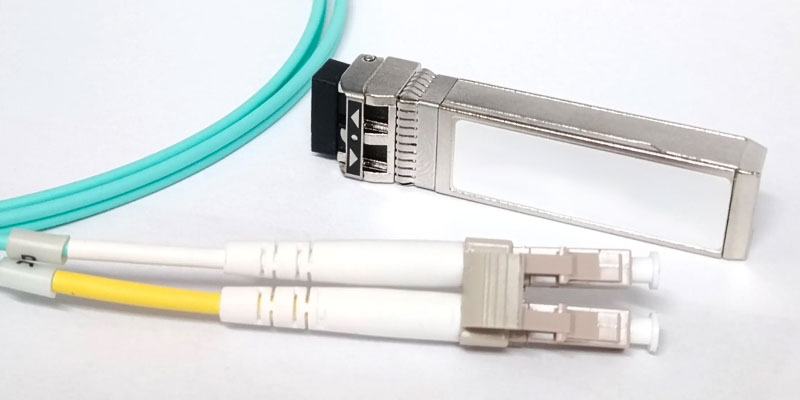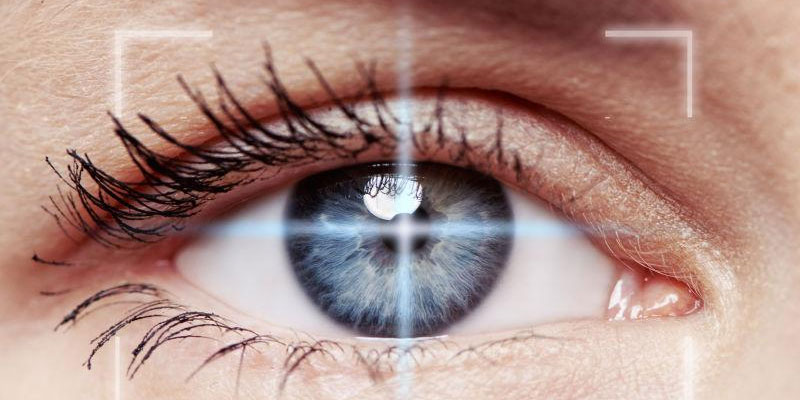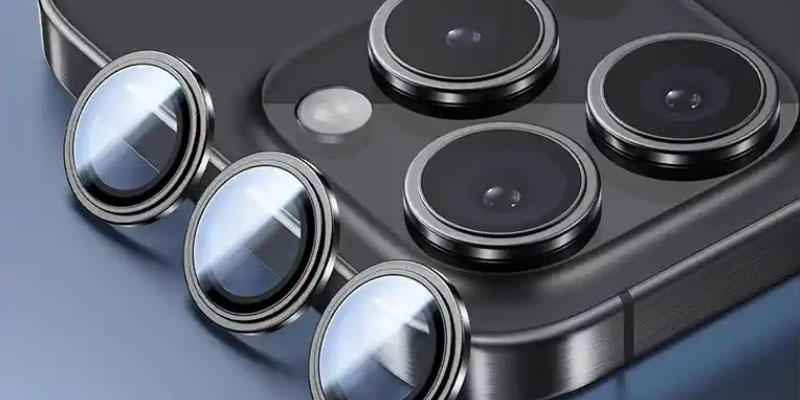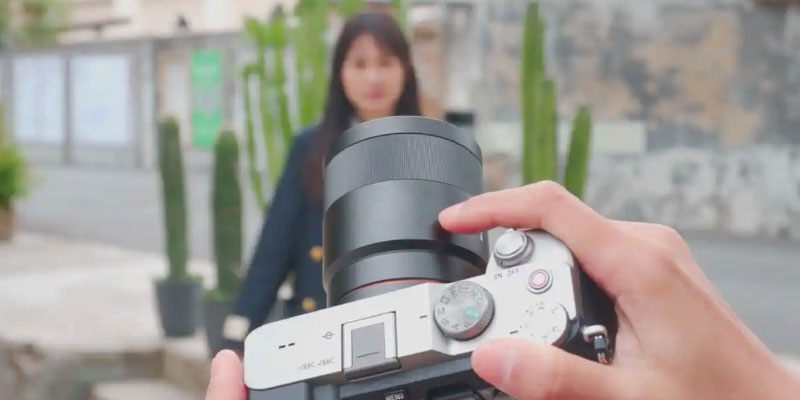
Content:
1.What is focal length?
Focal length is a measure of the convergence or divergence of light within an optical system. Simply put, it is the distance from the focal point to the centre of the lens.
In layman’s terms, the focal length is the value engraved on the lens (see below).

Based on their focal length values, lenses are broadly categorised into three types:
- Lenses with a focal length under 35mm are termed wide-angle lenses;
- Lenses with a focal length between 35mm and 85mm are termed standard lenses;
- Lenses with a focal length exceeding 85mm are termed telephoto lenses.
2:What distinguishes lenses with different focal lengths?
Simply put,
the shorter the focal length of a lens, the wider the angle of view captured, allowing more objects to be included in the frame;
the longer the focal length, the narrower the angle of view, enabling distant subjects to be brought closer in the shot.

Like a standard lens, its focal length ranges from 35mm to 85mm. The camera’s rendering more closely approximates what the human eye perceives, resulting in a more natural visual impression. It is widely employed in portrait photography.
Wide-angle lenses, however, offer the advantage of a broader field of view, encompassing more objects and creating a greater sense of space. They are frequently employed for landscape photography.
However, its drawbacks are equally apparent. Firstly, compositionally, it tends to incorporate unwanted elements, resulting in a cluttered visual impression. Secondly, wide-angle lenses produce distortion at the edges, making it challenging to control the effect during close-up portraiture.
Finally, telephoto lenses offer a narrower field of view, with the advantage of allowing compositional subtraction to exclude cluttered elements. Simultaneously,
telephoto lenses impart a pronounced background compression effect, visually bringing the subject and background into closer proximity.
They are frequently employed for distant subjects such as birds and sporting events.
Additionally, telephoto lenses exhibit two characteristics when capturing portraits:
they render facial features with a slightly flattened effect, and as focal length increases, lens distortion becomes less pronounced,
resulting in a more natural appearance of the subject’s face.
3:How to select the focal length of a lens during actual filming?
- Optical path: Light source → Condenser → Specimen → Objective lens → Eyepiece → Human eye.
- Key adjustments:
Köhler illumination: Align the condenser with the light source to ensure uniform illumination across the specimen.
Aperture matching: The condenser aperture must correspond to the numerical aperture of the objective lens to prevent halos or reduced resolution.
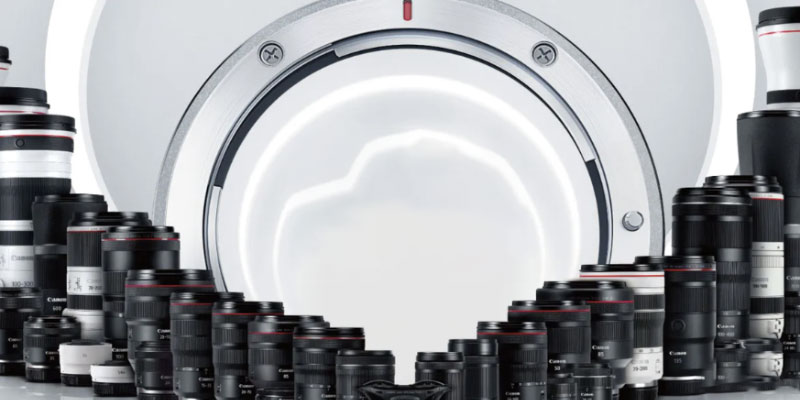
Having understood the differences between lenses with varying focal lengths, one can select lenses according to specific shooting requirements. Here are four simple examples:
- For indoor photography where subjects are close and numerous, opt for wide-angle lenses: 24mm or 35mm;
- For capturing everyday scenes with an intimate, natural feel, choose a standard lens: 50mm;
- For portraiture enthusiasts, select from the classic portrait lenses of 35mm, 50mm, or 85mm based on preferred shooting distance and perspective effect;
- For those passionate about distant subjects, magnify distant objects such as flowers or birds using telephoto lenses: 135mm, 200mm, etc.
4:Recommended Choices for Prime Lenses and Zoom Lenses
Following the above explanation, I trust you now have a clearer understanding of lens focal lengths.
So what exactly distinguishes zoom lenses from prime lenses on the market? And should a beginner opt for a prime or zoom lens as their first purchase?
I shall address these questions through two sections: theoretical concepts and practical usage insights.
A zoom lens will have its focal length range engraved on the barrel, such as spanning 24-70mm.
By rotating the zoom ring, the focal length can be adjusted from 24mm to 70mm.
Throughout this process, we gain exposure to multiple focal lengths. Switching to 35mm yields the effect of a 35mm prime lens.
Shifting from 35mm to 70mm, the image size continuously adjusts as the focal length changes. Simultaneously, the perspective effect within the frame undergoes corresponding alterations, offering the advantage of considerable convenience during framing and composition. 2. Prime lenses feature only a single focal length engraved on the barrel, lacking a zoom ring. Photography is accomplished exclusively through a fixed focal length field of view.
If you wish to zoom in or out at this point, you can only do so by manually moving the camera forward or backward, which makes framing the shot somewhat more cumbersome.
Therefore, for beginners just starting out, I would recommend selecting a zoom lens.
The reasoning is this: it offers the experience of shooting at multiple focal lengths, and the more convenient framing method allows novices to learn camera operation more efficiently.
However, once you’ve mastered the basics of photography, it’s advisable to switch to a prime lens for the following reasons:
- Fixed focal length lenses compel you to move forward and backward within the shooting location to frame your shots. This forces you to pay attention to the environment, thereby familiarising yourself with the entire scene and gaining better control over the final outcome.
- Fixed focal length lenses typically offer a larger maximum aperture, allowing more light to enter the camera. This makes them particularly effective in low-light and night-time photography.
By the time you reach the end of this article, you should be able to select the lens that suits you best.
optlenses
Related Blogs
